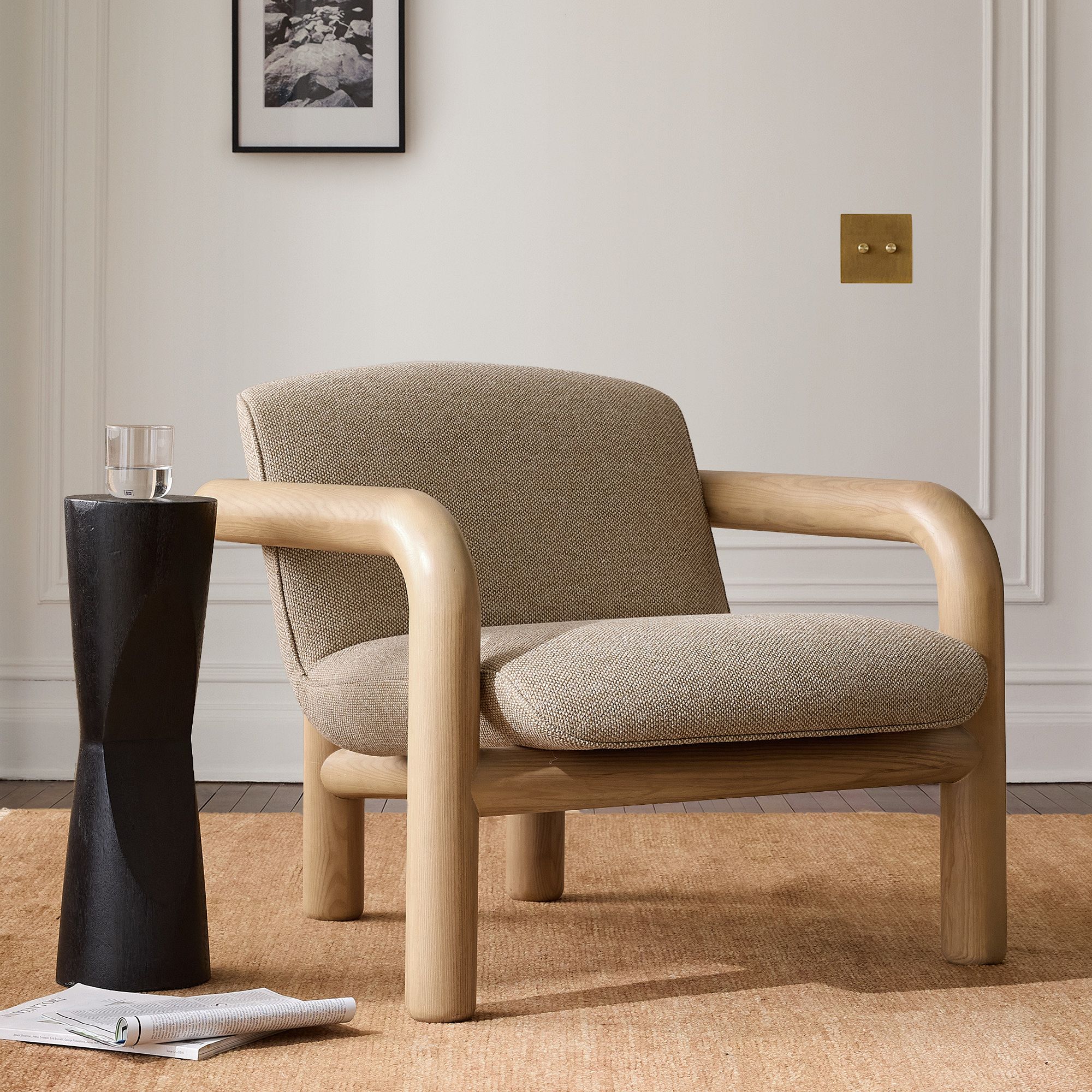5 WAYS TO IMPROVE YOUR INDOOR AIR QUALITY
- Viktoria Gilanyi

- May 15, 2023
- 2 min read
This post contains affiliate links. Read more about the affiliates here.

Rendering by ORIA Interiors
Our indoor spaces provide a sense of safety and comfort, but most of us are unaware that the air we breathe indoors can be up to five times more polluted than the air outside. Contaminants such as moulds, bacteria, chemicals, and other microscopic pollutants create hazardous air that can cause respiratory illnesses, allergies, and other health problems. In this article, I share my five tips to improve indoor air quality and keep your home safe for you and your loved ones.
1. USE VOC-FREE PAINT
Most paints contain a group of chemicals known as Volatile Organic Compounds (VOCs), which are released into the environment during the drying process. These compounds have been linked to a variety of health issues, such as headaches, dizziness, and even cancer. Fortunately, there are a variety of natural, VOC-free paint options available on the market today. Look for GreenGuard Gold certification to ensure the highest standard of indoor air quality. One of my favourites is Sherwin Williams' SuperPaint Interior Acrylic with Air Purifying Technology. Not only it has a zero VOC formula, but it also implements a technology that absorbs unwanted household odours.
2. MAKE CONSCIOUS FURNITURE CHOICES
Furniture is a significant contributor to poor indoor air quality. Adhesives, glues, and foam used in furniture production often contain formaldehyde and other hazardous chemicals that continue to emit VOCs throughout their lifespan. Look for furniture with third-party certifications like Greenguard Gold, which ensures minimal off-gassing of chemicals.
SHOP NURSERY AND KID'S ROOM FURNITURE ON AMAZON CANADA
3. IMPROVE VENTILATION
Good ventilation is vital for maintaining healthy indoor air quality. Proper ventilation allows fresh outdoor air to enter while extracting contaminated air from the house. Open your windows and doors to let fresh air in, and install an efficient ventilation system to improve indoor air quality. For efficient pollen, dust and moisture reduction, make sure that holes and cracks in your home's envelope and the heating and cooling duct system are tightly sealed.
4. INVEST IN AIR PURIFIERS
Air purifiers are a simple yet effective way to clean indoor air. These devices filter out harmful pollutants and particles, such as pet dander, airborne viruses, bacteria, and mould spores. Look for purifiers with high-efficiency particulate air (HEPA) filters, which are the most effective at removing pollutants.
SHOP AIR PURIFIERS ON AMAZON CANADA
5. BRING IN PLANTS
Plants can act as natural air purifiers by removing pollutants from the air and releasing oxygen. The NASA Clean Air Study has shown that certain common indoor houseplants, such as spider plants, peace lilies, and English ivy, are particularly effective at absorbing toxins like formaldehyde and benzene.
Sources:
Anette K Stelmack: Sustainable Residential Interiors
Lori Dennis: Green Interior Design
Laura Benko: The Holistic Home
















Comments